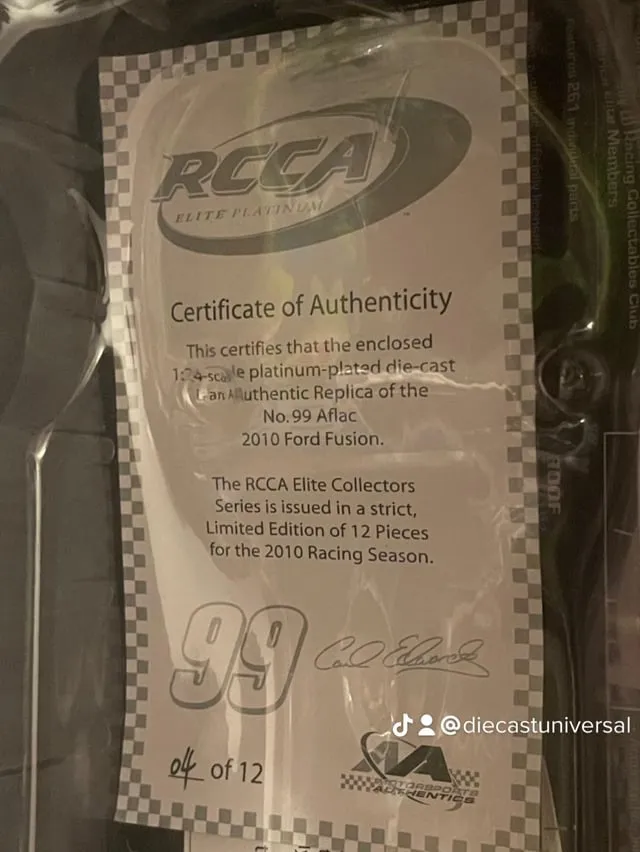What Makes Nascar Diecast Cars Valuable?
Nascar diecast cars have captivated collectors for decades, offering a tangible connection to the sport’s thrilling history and iconic drivers. The value of these miniature race cars can fluctuate significantly, influenced by a variety of factors. Understanding these elements is crucial for both seasoned collectors and those just beginning their diecast journey. Several key aspects contribute to the desirability and monetary worth of a Nascar diecast, making some models far more valuable than others. The interplay of these factors creates a dynamic market where the pursuit of rare and significant pieces drives passion and investment.
Rarity and Limited Editions
Rarity is arguably the most significant factor in determining a diecast car’s value. Limited-edition models, produced in small quantities, are highly sought after by collectors. These cars often commemorate specific events, driver milestones, or unique paint schemes. The fewer the cars produced, the greater the demand, and consequently, the higher the price. Special releases, such as those tied to a championship win or a legendary driver’s retirement, typically command premium prices due to their exclusivity. Furthermore, the availability of original packaging and certificates of authenticity further enhances a model’s rarity and value.
Driver and Team Significance
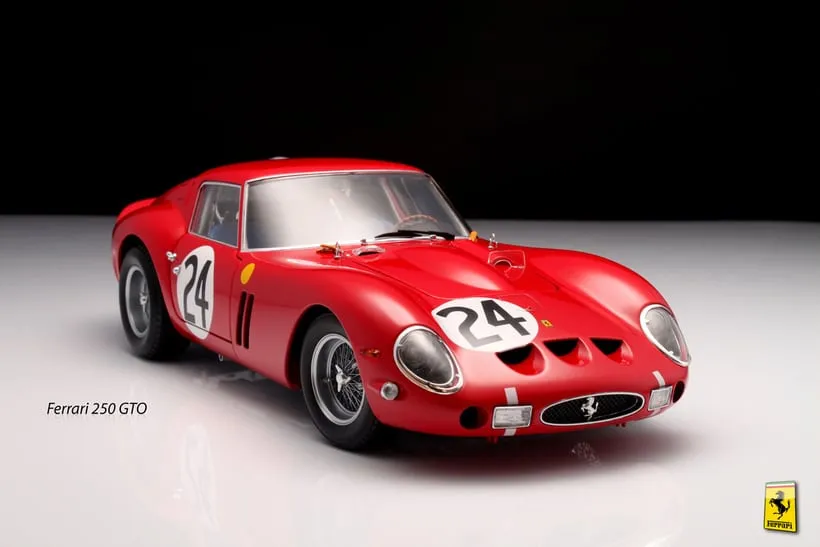
Diecast cars associated with popular and successful drivers and teams often hold greater value. Cars driven by Nascar legends like Dale Earnhardt, Jeff Gordon, and Richard Petty are consistently in high demand. Models representing championship-winning teams or iconic car numbers are also highly prized. The historical significance of a driver or team plays a crucial role in determining a diecast’s worth. Diecast that represent the early days of the sport, or cars representing pivotal moments are often highly valued. The impact and legacy of drivers and teams create a emotional connection with fans, driving the collectibility of specific diecast models.
Mint Condition
The condition of a diecast car is paramount. Mint-condition models, those that are untouched and still in their original packaging, are the most valuable. Collectors are willing to pay a premium for cars that have been meticulously preserved. Damage such as scratches, dents, or fading significantly decreases a diecast’s worth. The presence of the original packaging, including the box, inserts, and any certificates of authenticity, is also critical. Properly stored and maintained diecast cars retain their value and can appreciate over time. Careful storage away from direct sunlight, humidity, and extreme temperatures is essential to preserve their condition.
Historical Significance
Diecast cars that commemorate significant events or milestones in Nascar history are highly sought after. Cars that represent a driver’s first win, a championship season, or a historic race are often incredibly valuable. Models tied to iconic moments, such as the debut of a legendary car design or a memorable rivalry, also command premium prices. Diecast that capture a specific time period or event in Nascar history often hold historical interest. Such cars give a sense of nostalgia and preserve memories of the sport’s evolution. This historical value creates additional appeal for collectors.
Top 5 Most Valuable Nascar Diecast Cars
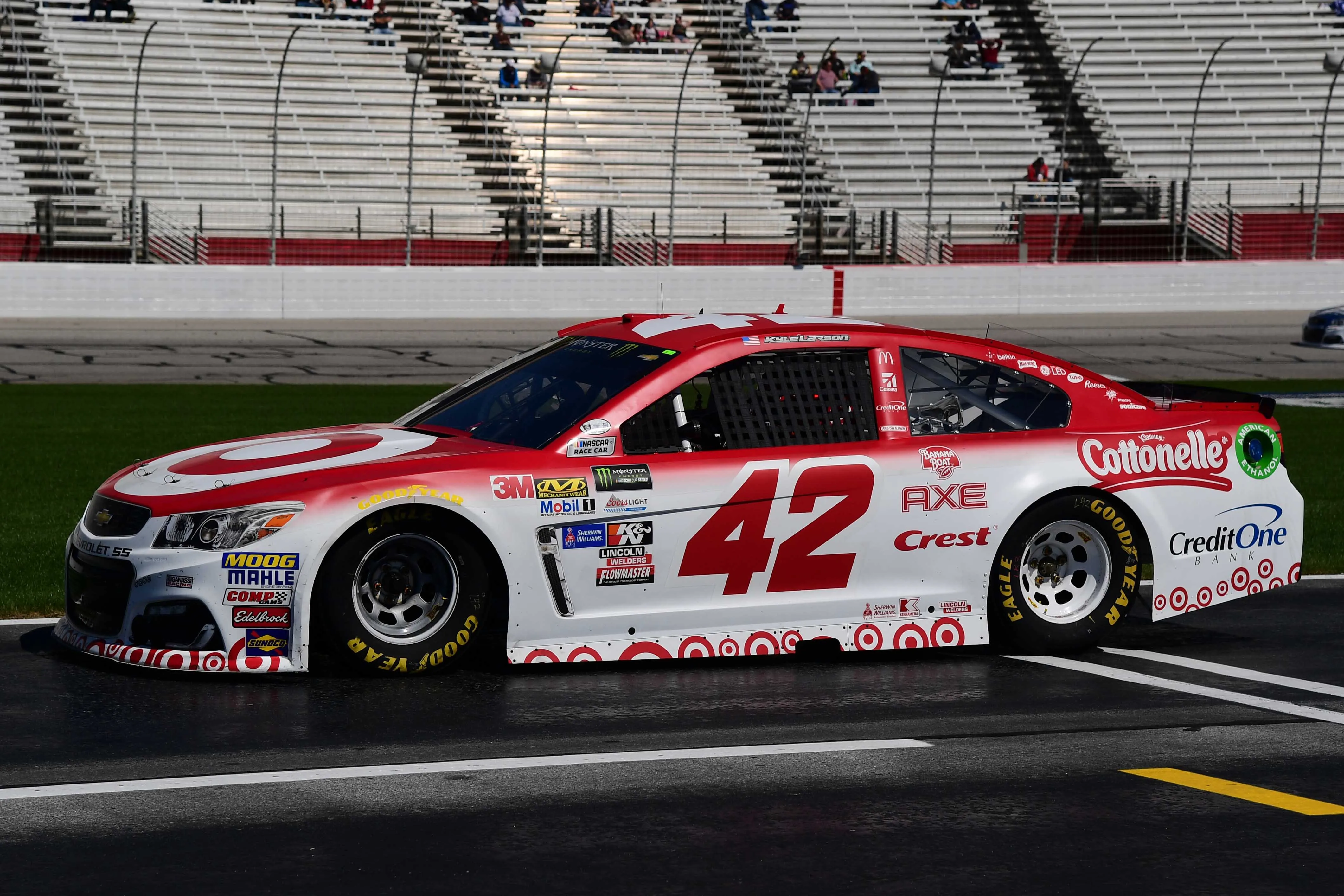
Determining the exact value of any diecast is challenging, as prices vary based on condition, rarity, and market demand. However, these are examples of some of the most valuable Nascar diecast cars.
1992 Dale Earnhardt #3 Goodwrench
Dale Earnhardt’s #3 Goodwrench car is an iconic symbol of Nascar. Any diecast model featuring this car is highly sought after, especially limited edition or those in mint condition. The association with ‘The Intimidator’ significantly boosts value, especially for models from memorable race wins or championship seasons.
1998 Jeff Gordon #24 DuPont
Jeff Gordon’s #24 DuPont car is another cornerstone of Nascar collecting. Many collectors seek models from his championship seasons. Limited-edition releases or those celebrating milestone victories often fetch premium prices. Mint-condition examples of this car, especially those from his early career, are very valuable.
2001 Dale Earnhardt Jr. #8 Budweiser
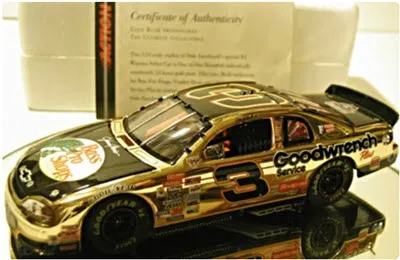
Dale Earnhardt Jr.’s #8 Budweiser car is highly desirable among collectors. Earnhardt Jr.’s popularity and the distinctive Budweiser paint scheme increase demand. Diecasts from his early years or those commemorating wins are particularly valuable.
1994 Rusty Wallace #2 Penske Racing
Rusty Wallace’s #2 Penske Racing diecast is a treasure for many collectors. Models from his successful seasons or special paint schemes are particularly sought after. Diecast in pristine condition, and those associated with championship runs, command the highest prices.
2000 Tony Stewart #20 Home Depot
Tony Stewart’s early career diecast cars are prized by collectors. The Home Depot sponsorship is a symbol of that era. Limited-edition models, and those representing his early wins, often carry high value. Finding them in mint condition will be a significant factor.
Where to Find and Buy Valuable Diecast Cars
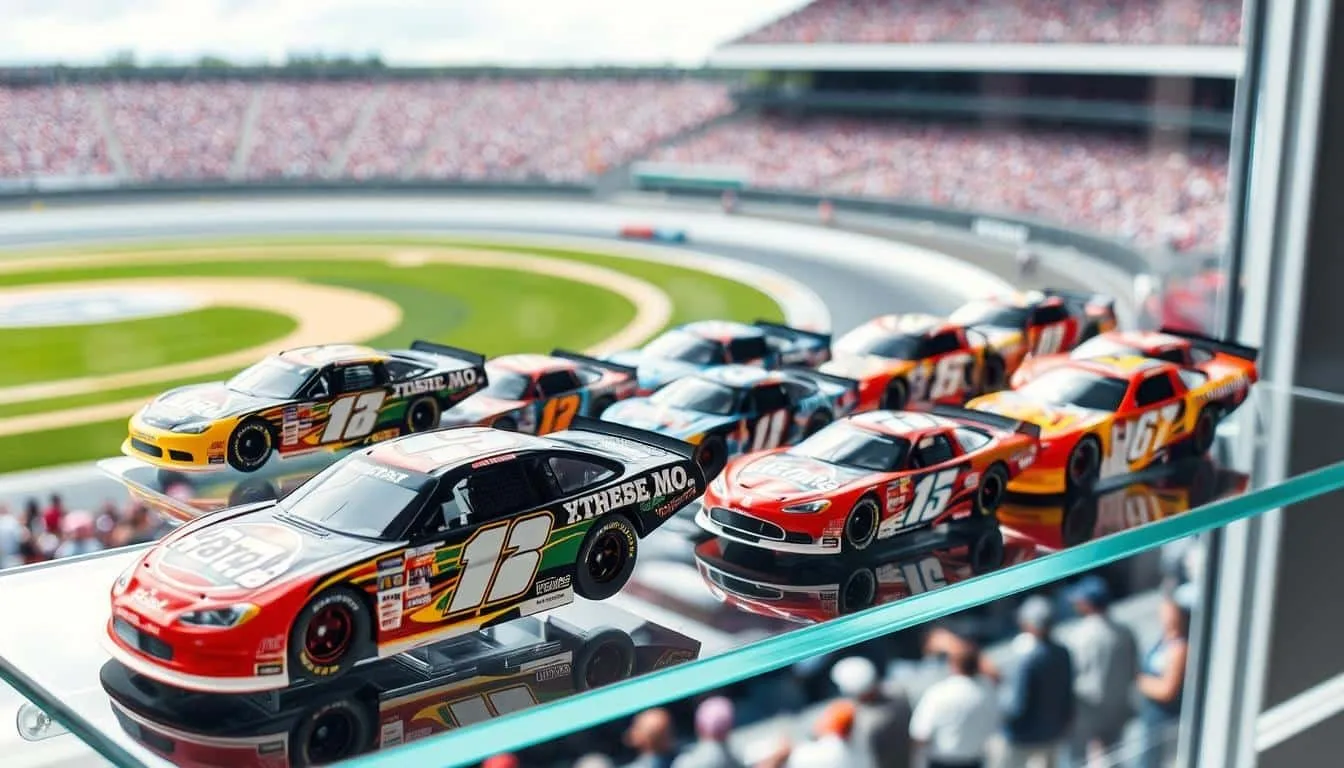
The hunt for valuable Nascar diecast cars is part of the collecting experience. Several avenues provide opportunities to acquire these sought-after items. Understanding the different sources, and how to navigate them, is essential to finding and purchasing valuable diecast cars.
Online Marketplaces
Online marketplaces such as eBay are popular destinations for buying and selling diecast cars. These platforms offer a vast selection, and you can find rare and valuable models. It’s crucial to research the seller’s feedback and examine the car’s condition closely before bidding or purchasing. Photos and detailed descriptions are essential to assessing the item’s value.
Auctions
Auctions, both online and in person, can be excellent sources for valuable diecast cars. Auction houses often specialize in collectibles and can offer rare and high-value items. Participating in auctions requires research. Knowing the market, and setting a budget, is essential to avoid overspending. Viewing the items in person before bidding is always recommended when possible.
Specialty Shops and Collectors
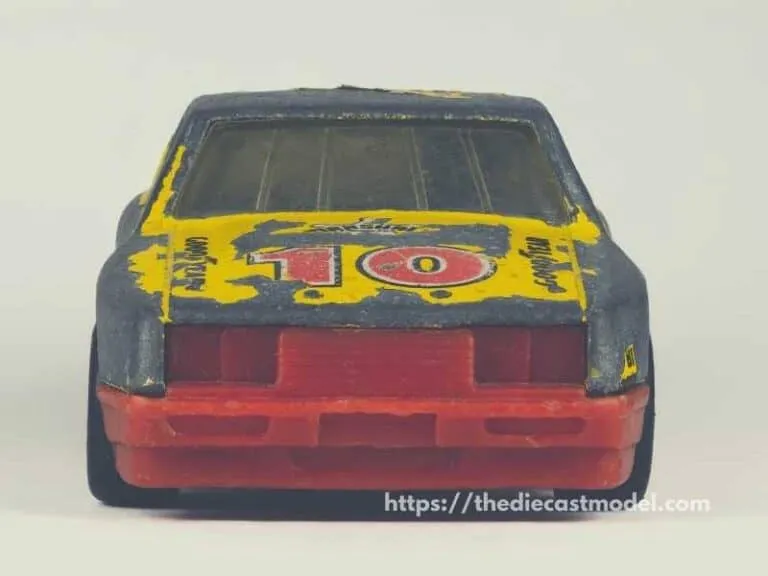
Specialty shops, and dedicated collectors, provide another pathway to acquiring valuable diecast cars. These shops often have curated collections and can provide expert advice. Connecting with other collectors can also lead to finding rare models, or gaining valuable knowledge. Attending collector events, or joining online forums, offers excellent networking opportunities.
Tips for Collectors
Collecting Nascar diecast cars is a rewarding hobby. Maximizing enjoyment, and the value of your collection, involves following several key tips. This will ensure that you make informed choices, and preserve the value of your treasured cars.
Condition and Authenticity
Always assess the condition of the diecast car meticulously. Check for any damage, such as scratches, dents, or fading. Verify the authenticity of the car, and any accompanying documentation. Ensure that the car comes with its original packaging, and any certificates of authenticity. A well-preserved car is more valuable and appealing to collectors. When buying online, always request additional photos or details from the seller to fully assess the condition.
Research and Valuation
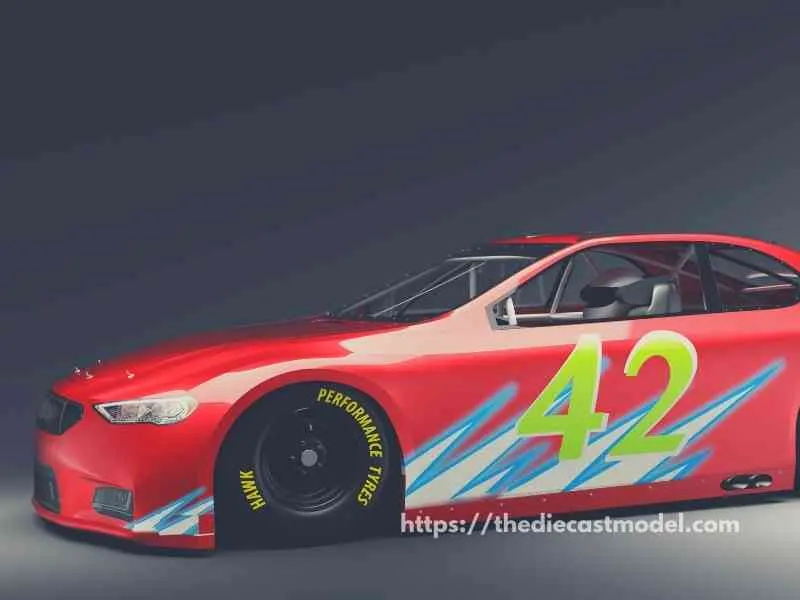
Conduct thorough research to determine the value of a diecast car. Check recent sales prices on online marketplaces, and auction results, to understand the current market value. Consider the rarity, driver, team, and condition of the model. Consult with experienced collectors, or experts, to gain insights into a car’s worth. Proper research ensures you are paying a fair price and making a wise investment.
Storage and Preservation
Proper storage and preservation are essential to protect your diecast cars. Store them in a cool, dry place away from direct sunlight and extreme temperatures. Use protective cases, or display cabinets, to prevent dust and damage. Avoid handling the cars unnecessarily, and always handle them with clean hands. Regular maintenance, and careful storage, will help your collection maintain its value over time. Consider the environment and protect your investment.
